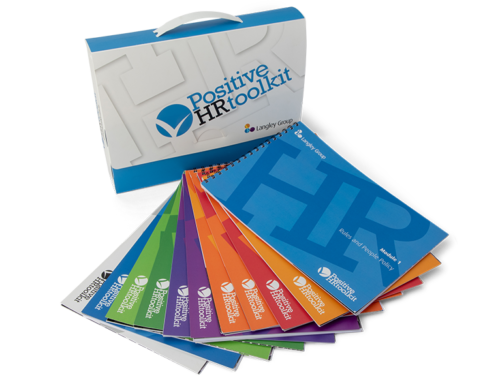People are a competitive advantage. And in a competitive labour market, positive employer branding, recruitment procedures and on-boarding will help attract the right people, save resources and build capability.
Positive recruitment follows a thorough process, with additional and intentional positive practices woven through each stage. There is an intentional focus on strengths and values alignment, and on a connection to meaningful work as a key ingredient to driving intrinsic motivation, engagement and resilience in the team.
Positive recruitment suggests being as curious about values, strengths and motivators as a business is about qualifications, past experience and references!
A strengths approach
Alex Linley describes a strength as “a pre-existing capacity for a particular way of behaving, thinking or feeling that is authentic and energising to the user, and enables optimal functioning, development and performance.” [1] These are pre-existing to now, authentic and energising. Strengths enable us to be at our best in terms of psychological functioning.
“Strengths are at the heart of engagement — that elusive workplace concept that enhances employee contribution, leading to increased productivity, higher profits, greater commitment and retention.
Research shows that when people use their strengths they perform better, achieve results faster and feel more satisfied, energised and engaged. They are motivated and able to go above and beyond because they are doing what they love and do best. They get a buzz from what they do that adds to their confidence and competence.” Sue Langley.
Alex Linley describes a ten point business case for using a strengths approach in business.
- Tap into unused talent through the organisation
- Attract and retain more of the people it needs
- Improve individual performance
- Build employee engagement
- Develop flexibility
- Improve teamwork
- Increase diversity and positive inclusion
- Increase openness to change and the ability to deal with change
- Deal more positively with redundancy
- Contribute to the happiness and fulfilment of employees
Strengths-based recruitment considers strengths through each stage of the process from attraction and interview, to assessment. Creating a better candidate experience and sourcing individuals who are energised, genuinely motivated by the role, and who perform exceptionally well.
Meaning
Does recruitment in your company connect to the meaning of a role and purpose of a job? When done well, meaning will add a natural ingredient for enhancing motivation and engagement.
Kim Cameron, 2012 suggests enabling positive meaning at work consists of four components;
- the work has important positive impacts on the wellbeing of people
- the work is associated with personal values or important virtue
- the work has an impact that extends beyond or creates a ripple effect
- the work builds supportive relationships or sense of community
Amy Wrzesniewski, 2003, posited, after looking at vast research in the field of meaning, that it does not depend on the kind of work but on the association and relationship to the work for each individual. Finding meaning in our activities enhances intrinsic motivation as people feel their actions are for the greater good.
Values
Kim Cameron, 2012, proposes that when work is associated with personal values or important virtue, positive meaning is easier to find.
This, according to Cameron, “depends on highlighting the connections between what is most meaningful to individuals and the benefits produced by the organisation”.[2]
Values are guiding principles. They vary from person to person, and can help us to make decisions, guide judgment and feel engagement and satisfaction. Positive recruitment connects values to the recruitment process, to help identify the connections between organisational and individual values from the beginning.
When we understand the benefits to individual wellbeing and performance of aligning strengths and meaningful work, the conclusion to explore these at the recruitment phase becomes a simple and positive addition to attracting and retaining talent.
To learn more about the Langley Group’s Positive HR Toolkit, click here. The Positive HR Toolkit gives leaders and HR professionals the solutions to implementing positive people practices in the workplace. Built on research from Positive Psychology and neuroscience, the solutions provide simple and easy to use tools for every stage of the employee lifecycle.
REFERENCES
[1] Linley, A. (2008) p.9. Average to A+: Realising strengths in yourself and others. Coventry: CAPP Press.
[2] K Cameron, 2003, Positive Leadership, Strategies for Extraordinary Performance. San Fransisco, Barrett-Koehler Publishers.





